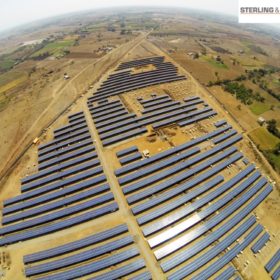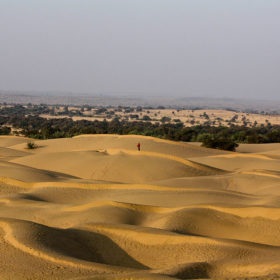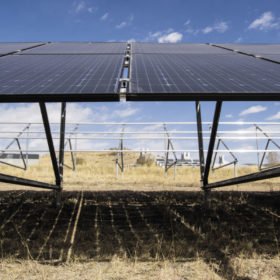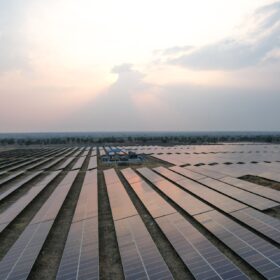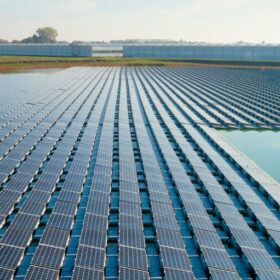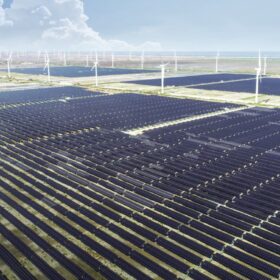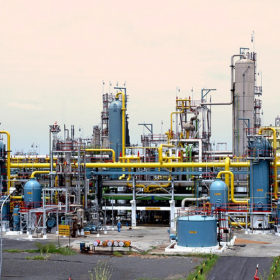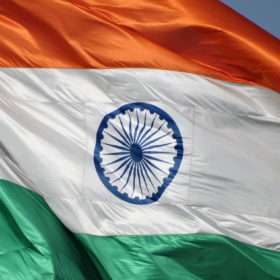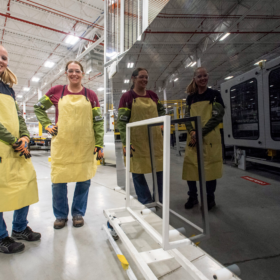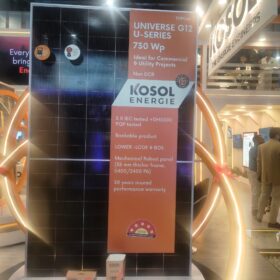Servotech to set up EV charger manufacturing plant in Uttar Pradesh
Servotech Power Systems will invest around INR 300 crore ($36.2 million) to set up an electric vehicle (EV) charger manufacturing facility with backward integration in the state.
Sterling and Wilson secures 750 MW DC solar contract in Gujarat
Sterling and Wilson Renewable Energy Ltd has received a Letter of Intent (LoI) from Gujarat Industries Power Co. Ltd to build its 600 MW AC (750 MW DC) solar PV project at Khavda, Gujarat. The total order value, including operation and maintenance for three years, is around INR 1,130 crore ($136.44 million).
Rajasthan concludes solar-with-storage tender at $0.081/kWh tariff
Rajasthan Urja Vikas Nigam Ltd has allocated 600 MW in its 1.2 GW solar-with-storage tender. The lowest discovered tariff was INR 6.68 ($0.081)/kWh.
SECI extends bidding for 300 MW solar EPC in Andhra Pradesh
EPC contractors now have until August 24 to bid for setting up 300 MW of solar capacity in the Ramagiri district.
Fourth Partner Energy raises additional $42.3 million in equity funding from Norfund
The corporate solar solutions provider has raised an additional equity investment of INR 350 crore ($42.3 million) from Norfund after receiving $100 million in 2021. It is also tying up with IFC for INR 560 crore fund to execute projects in India.
SJVN wins second 90 MW capacity of Omkareshwar floating solar park
The state-owned hydropower producer has secured a second 90 MW capacity of the Omkareshwar floating solar project in Madhya Pradesh after winning an equivalent capacity in January. It secured the latest project at INR 3.79 ($0.046)/kWh.
L&T selects Sungrow inverter solution for 2.2 GW AC solar plant in Saudi Arabia
Sungrow will supply its 1+X modular inverter solution to the 2.2 GW AC solar plant of the NEOM green hydrogen project. The PV plant is being executed by Larsen & Toubro on an EPC basis.
ONGC to spend $12 billion on green initiatives by 2030
The state-run explorer Oil and Natural Gas Corp. Ltd (ONGC) aims to achieve an installed renewable energy (RE) capacity of 10 GW by 2030 and 1 million tonnes per annum capacity of green ammonia production as part of its efforts to reduce its carbon footprint.
Tata Power-DDL sourced 2.6 billion units of green power in FY 2023
Tata Power-DDL sourced 2,600 million units of green power from renewable sources such as solar, wind, hydro, and waste in FY 2022-23. With this, it scores a hat trick of Renewable Purchase Obligation (RPO) compliance.
SJVN tenders BOS package for 275 MW solar
SJVN Green Energy Ltd (SGEL) has invited bids to install and commission 275 MW (AC) of grid-connected solar projects, including 200 MW at Khavda Solar Park (Gujarat) and 75 MW at Jamui (Bihar). The solar modules for both projects will be supplied by SGEL.

